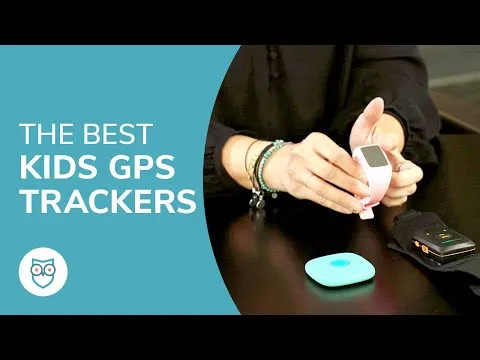By: Safewise.com
In this video, the presenter discusses four different types of GPS trackers for kids. They explore the features and drawbacks of each type.
The first type discussed is a wearable GPS tracker, which combines the functionality of a smartwatch with GPS tracking. It is great for communicating with your child through two-way talk, and some models even have fun features like games and fitness trackers. However, there may be concerns about kids taking it off, limited GPS coverage indoors, and potential monthly fees.
The second type is a screenless phone, which allows two-way communication and GPS tracking. It is a simple and utilitarian device, perfect for parents who are not ready to give their children smartphones, but want to stay connected and track their location. However, it lacks additional features and the child has to remember to keep it in their pocket or backpack.
The third type is a special needs tracker called AngelSense, designed specifically for children with disabilities. It provides frequent updates on the child's location, has a listen-in capability, and offers two-way talk without requiring the child to press any buttons. However, it is quite bulky, which may be a downside, and it comes with expensive monthly fees.
The last type discussed is a standalone GPS tracker, available in pendant or patch form. These trackers are simple and discreet, providing location updates without any additional features. They can be carried in a pocket, attached to a backpack, or sewn onto clothing, making them a versatile choice. They are affordable and do not have any monthly fees.
Overall, each type of GPS tracker has its own pros and cons, depending on your specific needs and preferences. It is important to consider factors such as size, features, battery life, and monthly fees when choosing the right GPS tracker for your child's safety and your peace of mind. #GPS #Tracker #Kids #Wearable #Screenless
